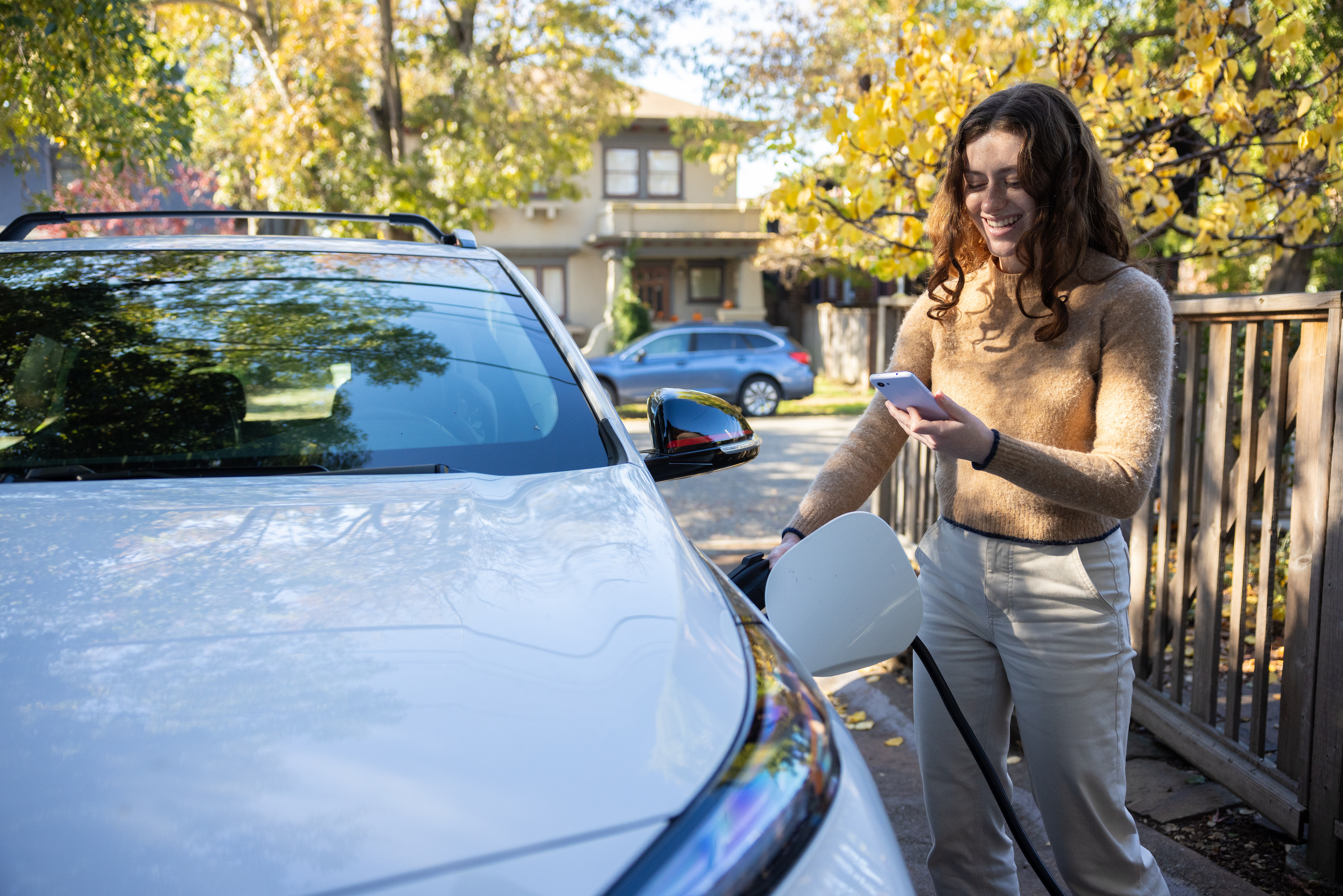EVs at the LA Auto Show: A Shifting Narrative

While today’s major auto shows continue to refine their purpose and position in the digital, electric, and post-covid era, the 2024 LA Auto Show industry and media preview provided an excellent snapshot of automotive OEMs’ evolving priorities. Amid the glitz of concept cars and cutting-edge tech, three key themes emerged with respect to electrification, reflecting both innovation and a pragmatic maturation of the EV sector.
1. Quiet Sustainability
This year, more automakers moved away from an "all-in-on-EVs" narrative, embracing broader "electrified" language. Hybrid and plug-in hybrid electric vehicles (PHEVs) shared the spotlight with full battery electric vehicles (BEVs), underscoring a diversified approach to electrification - not to mention a few splashy forays (back) into hydrogen. This pivot acknowledges the varied needs of consumers and markets, particularly in regions where charging infrastructure remains sparse, but also is simply a pragmatic hedge in a time of technology and policy evolution (more on that later).
That being said, in the spirit of “quiet luxury”, it seems that sustainability has matured from a buzzword into a more genuinely baked-in philosophy for many of the leading OEMs (i.e. a “quiet sustainability”) emerging in a more nuanced fashion throughout presentations and displays.

2. V2G and V2H Puzzle Pieces
On one hand, Vehicle-to-grid (V2G) and vehicle-to-home (V2H) capabilities were less prominently announced or emphasized this year, as the buzz has receded from an initial wave of announcements in 2022-2023. However, this year’s displays took a leap forward in clarity for consumers. Exhibitors showcased not just the vehicles but the comprehensive tech stack required: bi-directional chargers, inverters, battery packs, and dark-start batteries. Past announcements and displays have sometimes left out the additional hardware, installation costs, and utility interconnection requirements for a consumer to attain true V2H/V2G abilities from their vehicles.
This transparency is crucial for consumer adoption, as it demystifies the complexity behind these game-changing features, even if mass adoption is a few years away. The industry appears committed to making V2H functionality a purchasable reality in the near term, fostering resilience and energy independence for households and bringing EVs into a focal point of the home beyond mobility.

3. Policy Uncertainty, Met With A Good Laugh
A new incoming administration has brought uncertainty to federal EV policies, yet automakers remain focused on meeting the stringent zero-emission vehicle (ZEV) requirements of California and other leading states. This dual reality, and the broader uncertainty in policy of all types, had many Auto Show attendees - literally - throwing their hands up and having a chuckle. Sentiments ranged from the sarcastic “Well hey there’s no such thing as compliance anymore” to the practical “ZEV states still want these cars, so we see nothing changing”; in parallel with the Auto Show’s media preview, news broke that US OEMs will continue to support EV-centric policy at the federal level.
Regardless of the exact shifts in the winds of Washington, the sheer diversity of electrified models - especially real retail cars, available to drive around a test track and purchase - foretells a new era in customer choice and hopefully a tailwind for scalable EV adoption going forward.

Blog post contributed by Yakov Berenshteyn, Automotive and Charging Partnerships Lead at WeaveGrid.


.svg)
.svg)
.png)


.png)

.png)


.png)
.png)



.jpg)






